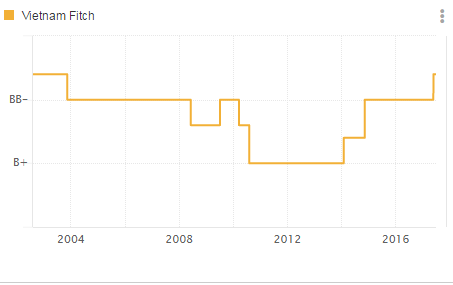While Vietnam’s credit growth at the end of January was 2.74%, the highest in about 10 years, at the end of February, this figure decreased to 1.82%.
In February, the money market of Vietnam as well as the exchange rate was stable while interest rates continued to remain low. Credit grew by 1.82% compared to the end of 2021.

Previously, credit growth at the end of January 2022 reached 2.74% compared to the end of 2021, equivalent to nearly 286,000 billion VND. This is the highest level in 10 years, reflecting the acceleration of loan demand in the economy in the first month of the year.
Thus, the credit balance pumped out into the economy decreased in February when there was Lunar New Year holiday.
Data from the State Bank showed that by the end of December, credit reached 10.4 million billion VND. Thus, the banking system has pumped out more than 190,000 billion VND into the economy in the first two months of the year.
Forecast for 2022
SSI Securities expects credit growth to reach about 14 - 15% in 2022. At the same time, interest rates, which bottomed in 2021, are likely to increase at the end of the year. Sharing the same opinion, Baoviet Securities forecasts credit growth to reach 15% in the year 2022.

Another securities company, BIDV Securities also proposes two main scenarios for credit growth and M2 (cash, checking deposits, and easily-convertible near money) for 2022.
In the first scenario, M2 and credit growth are estimated to increase by 12% and 13% respectively. Accordingly, the fast tightening of monetary policy and flat rate of inflation will put more pressure on the current loosening policy of the State Bank. This phenomenon will make M2 and credit grow at the same rate as in the period of 2020-2021.
In the other scenario, M2 and credit growth are estimated to increase by 14% and 13%, respectively. The pace of tightening of monetary policy in the world is slow while inflation is at a low level, thereby creating little pressure to raise interest rates for the State Bank. The stable monetary context can create stable conditions for the SBV to raise interest rates and credit above the average levels of the period 2020 and 2021.

Source: vietnamfinance
Compiled by VietnamCredit


























































